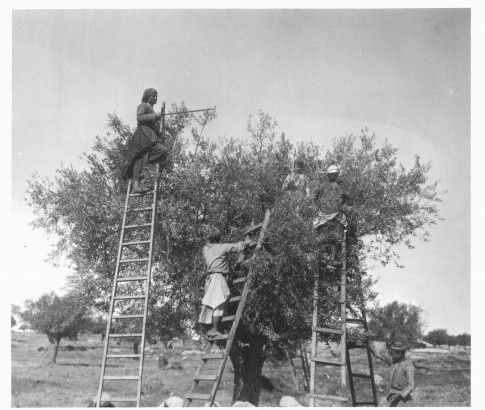Abstract
Perhaps Israel’s most well known national myth claims that, after finding Palestine a desolate wasteland, early Jewish settlers “made the desert bloom.” This narrative holds that native Arabs were not good stewards of the land, and therefore the Israelis have a greater right to it.
Surprisingly considering its political importance, this myth has hardly been analyzed at all. Therefore this thesis uses a mixed-methods approach to answer two questions: Did Zionist settlers in Palestine really “make the desert bloom”? and What were the primary factors behind agricultural and ecological changes in Palestine in the years 1880-1948?
My first section uses an original data set to test two hypotheses, measuring the growth rate of Palestinian agricultural output by year and crop then comparing those results to the increase in the Jewish population to determine how the two trajectories correlate. My second section analyzes documents from official British archival sources and primary sources representing both Arab and Jewish viewpoints. It tests six hypotheses to determine the factors behind the patterns of agricultural productivity shown in Section 1.
The results indicate that the “making the desert bloom” myth is incomplete at best. Jewish immigration correlates strongly with the production growth of only one crop: the orange, where Zionist capital and expertise was vital to its success post-World War I. Increases in several other crops’ production coincide with booms in the Jewish population, but document analysis shows this to be more likely the result of government programs and reforms. While the orange crop was important, it alone does not support a “making the desert bloom” scenario, particularly since they were grown in the fertile coastal plain. Rather than being due to the ingenuity and resources of Jewish settlers, the general increase in the agricultural productivity of Palestine was more likely the result of improved governance under the British Mandate.
Download File



